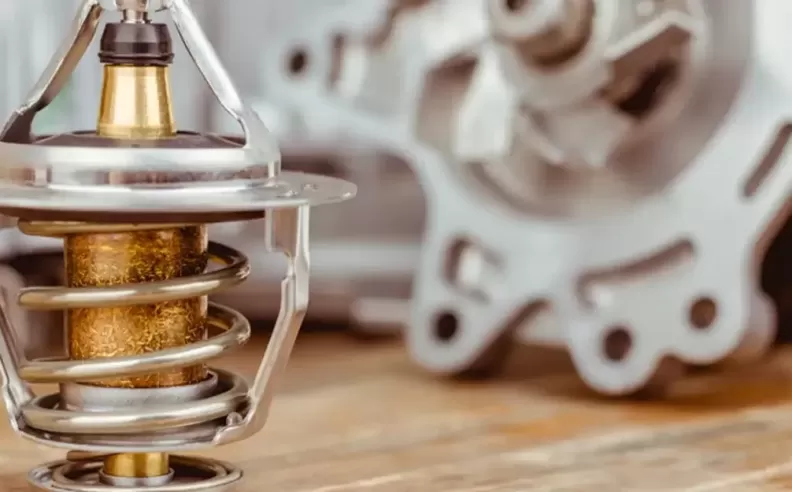
Porsche, the iconic German automaker renowned for pushing the boundaries of performance engineering, has unveiled a groundbreaking addition to its legendary 911 lineup: the T-Hybrid system. Set to debut with the 2025 Porsche 911 Carrera GTS, this innovative hybrid powertrain represents a convergence of cutting-edge technology and the pursuit of automotive excellence.
The journey towards a hybrid 911 was not rushed. In fact, it was six years ago, during the premiere of the 992-generation Porsche 911 in 2018, that then-chief engineer August Achleitner expressed skepticism about the necessity and viability of a hybrid variant. However, fast forward to the present, and the hybrid 911 is not just a reality but a testament to Porsche's commitment to evolving with the times.

So, what sets Porsche's T-Hybrid system apart from conventional hybrid setups? At its core is a relentless focus on performance optimization while adhering to stringent emissions regulations. Unlike traditional hybrid systems that compromise performance for efficiency, Porsche's T-Hybrid system manages to deliver a remarkable 64-horsepower boost over its non-hybrid counterpart, the outgoing Carrera GTS model, all while maintaining the engine's ideal air-fuel ratio throughout the rev range.
Key to the T-Hybrid system is its compact yet potent 1.9-kWh, 400-volt battery, strategically positioned under the front hood of the 911. This lightweight power source, weighing just 59 pounds, ensures minimal impact on the vehicle's weight distribution. Meanwhile, the traditional 12-volt battery finds a new home beneath the rear seats, further optimizing space and balance.
At the heart of the T-Hybrid system lie two pivotal components: a traction motor integrated within the gearbox bellhousing and an electric exhaust-gas turbocharger paired with the revamped 3.6-liter flat-six engine. The traction motor, delivering up to 53.6 horsepower and 110 pound-feet of torque, enhances off-the-line response, while the electric turbocharger, featuring a 14.7-horsepower electric motor, substantially reduces turbo lag and recaptures energy for the battery.
Notably, the T-Hybrid system distinguishes itself from traditional plug-in hybrids by its inability to operate solely on electric power or facilitate 0-rpm coasting. However, these compromises are offset by the system's seamless integration with the 911's dynamic driving experience, ensuring a harmonious blend of performance and efficiency.
The engine itself represents a technological marvel, boasting significant advancements over its predecessors. With a displacement of 3.6 liters, the new flat-six engine harnesses Porsche's Variocam variable-camshaft adjustment system and employs roller finger followers for precise valve control. Paired with the traction motor, the engine achieves a combined output of 532 horsepower and 449 pound-feet of torque, setting new standards for 911 performance.
Despite the integration of hybrid components, Porsche maintains the 911's legendary driving dynamics, offering rear-wheel drive as a viable option alongside all-wheel drive configurations. The introduction of rear-wheel steering and wider rear tires further enhances the GTS's handling prowess, ensuring uncompromising performance on any road surface.
In retrospect, the evolution of the 911 towards hybridization was perhaps inevitable, given the ever-evolving automotive landscape. However, Porsche's approach transcends mere compliance, reflecting a genuine commitment to innovation and performance excellence.

Wael is an automotive content writer specializes in creating written content for Motor 283. Producing a wide range of content, including blog posts, articles, product descriptions, reviews, and technical guides related to cars, trucks, motorcycles, and other vehicles, with an unprecedented passion for cars, and motorcycles.
